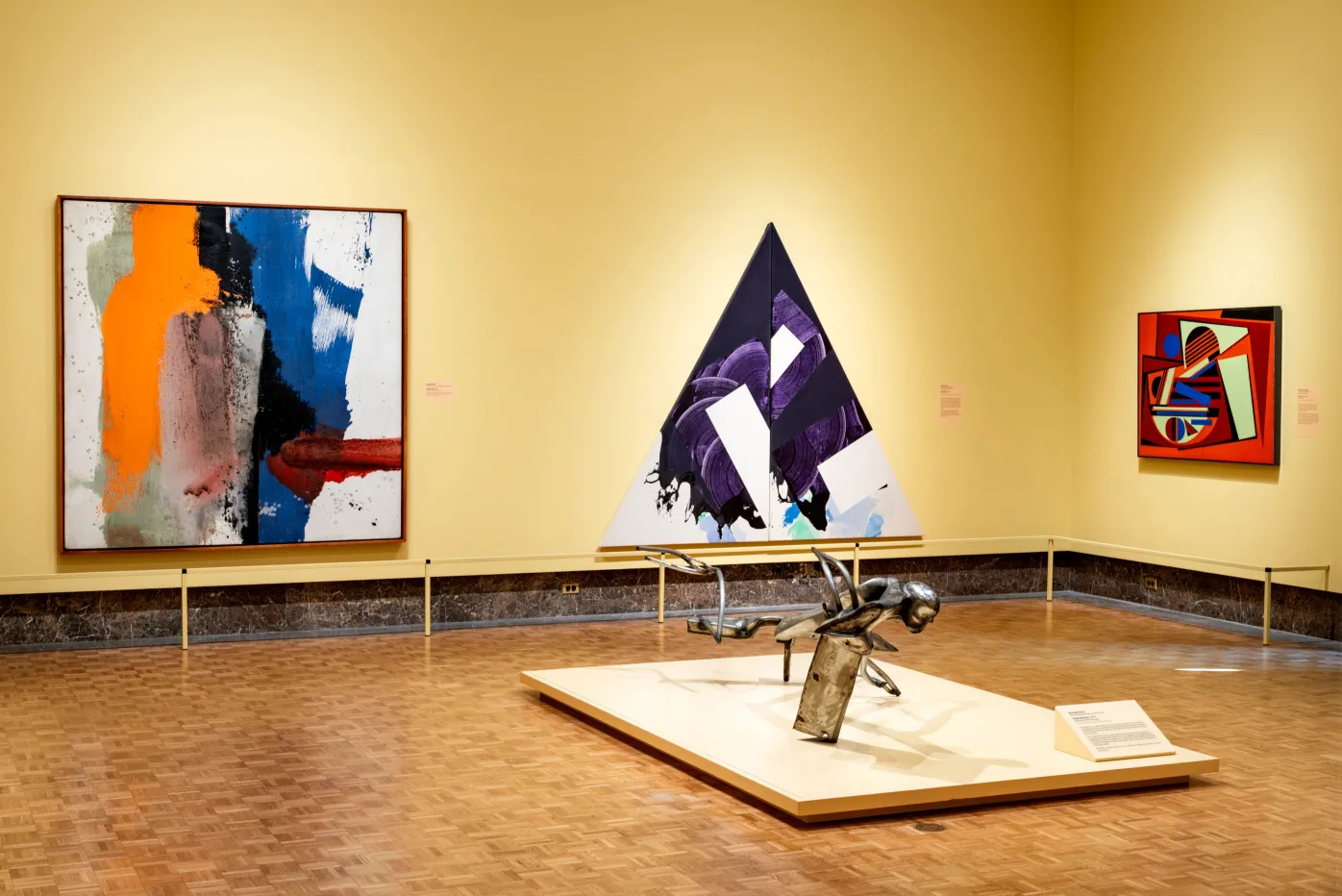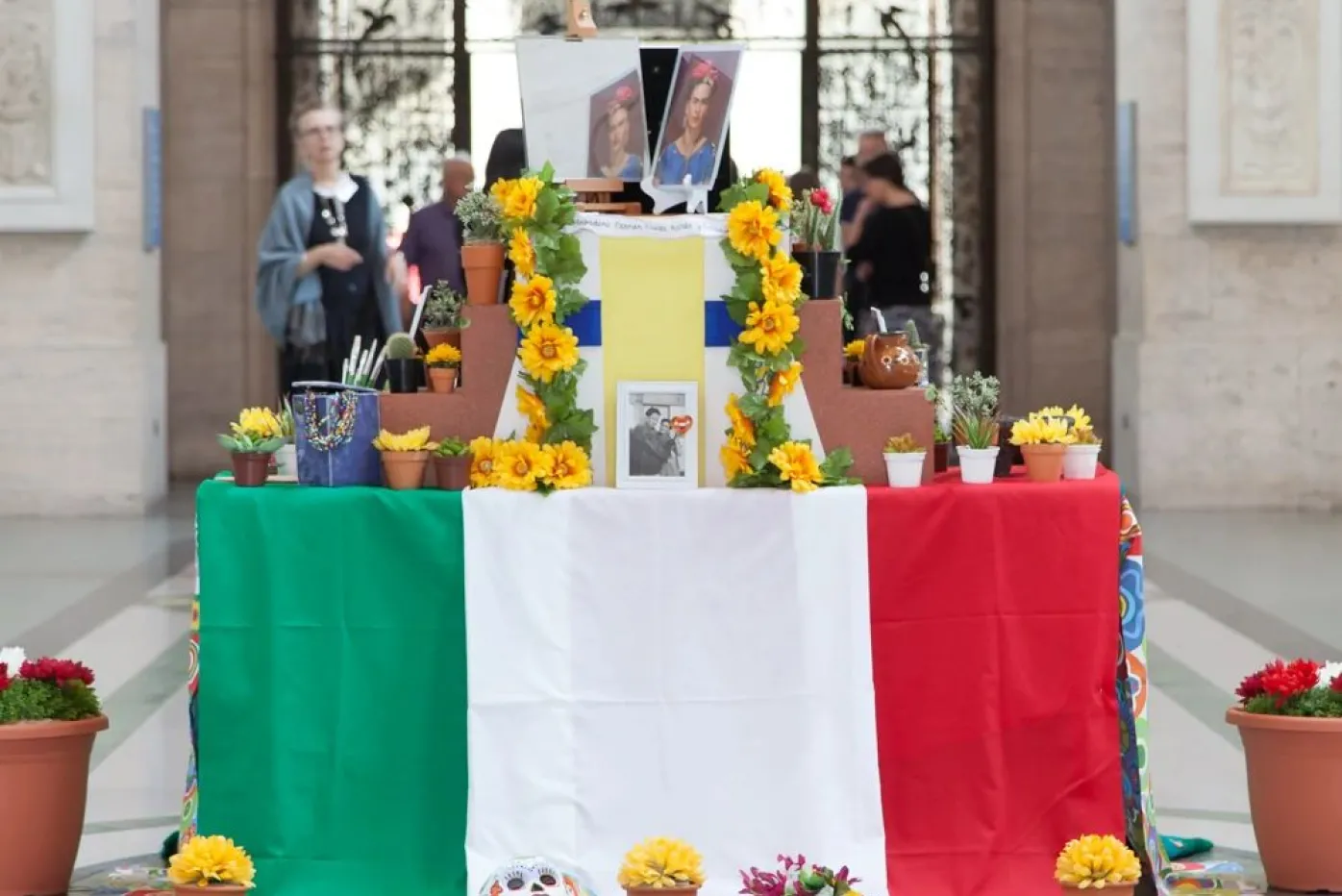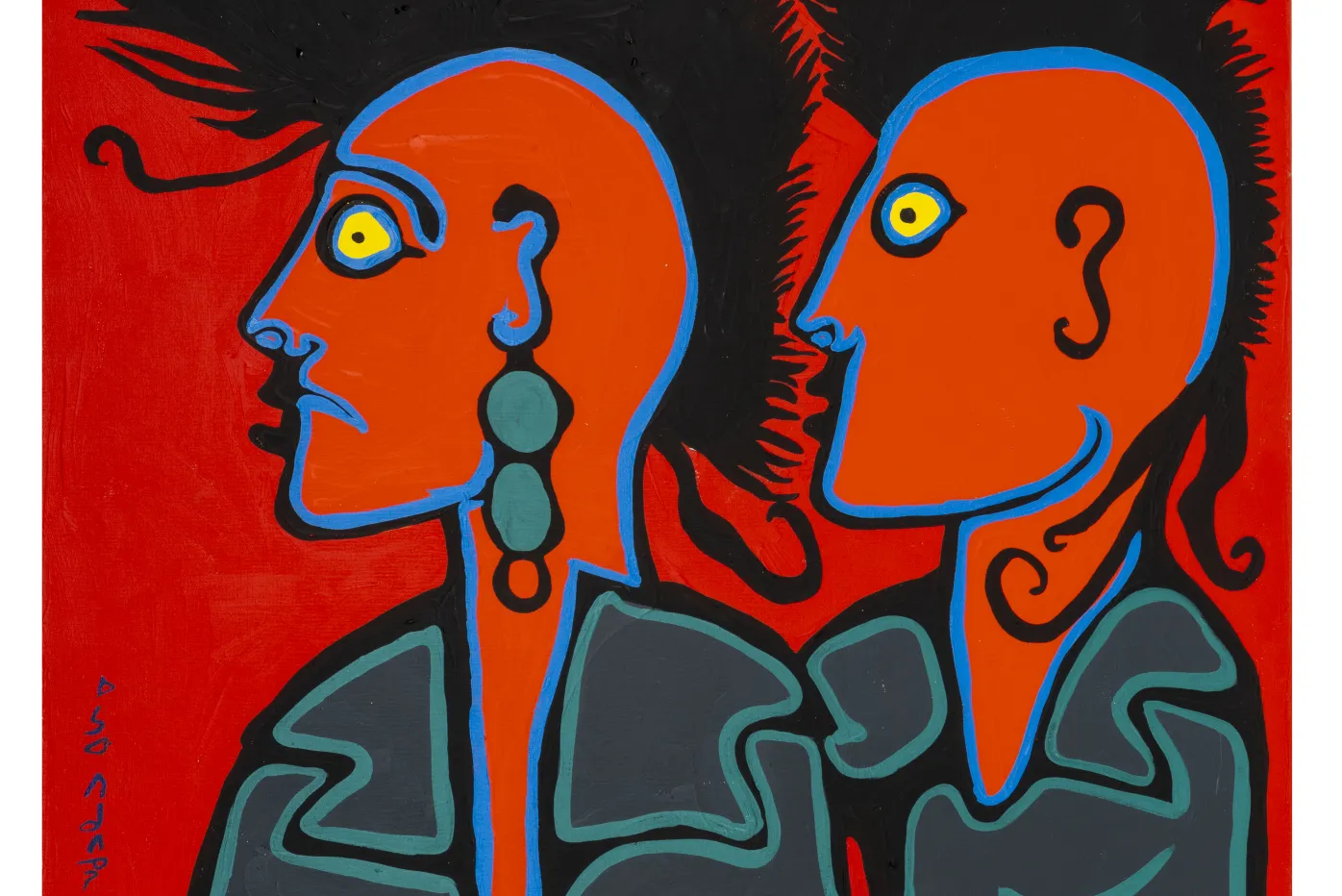From the Director, October 2020
Updated Jul 20, 2022
An unexpected time
Over the last couple of days Tony Drake, DIA volunteer manager, has shared with me a number of images showing many of our volunteers as DIA visitors enjoying our galleries. During the last months, I have seen Tony walking around the museum with his camera taking pictures of our staff on-site to keep us engaged and upbeat during these challenging times. His friendly photos of our visiting volunteers are accompanied by a DIA floor plan indicating the location in which they were taken, and are a breath of fresh air. They also reminded me of the crucial philanthropic work our volunteers do for the institution and how much we miss seeing their friendly and welcoming faces at work throughout the building. We can’t wait to bring them back to the DIA.
When we closed the museum on March 13, no one expected that our galleries would remain empty of visitors for four months. The impact of the extended closure was significant – major exhibitions were delayed, admission and museum shop revenue was lost, special events were canceled, and our resources had to quickly be diverted to provide digital experiences for our community. And the DIA was not alone – museums across the country were forced to layoff or furlough many of their staff members to close budget gaps in the absence of visitor revenue. The American Association of Museums estimates that up to one-third of museums in the U.S. will close permanently as a result of the pandemic.
At the DIA, we took a number of measures to lessen the impact of our financial losses, while prioritizing keeping all of our team members safe and employed. To avoid layoffs or furloughs, we made significant cuts to the 2020-21 fiscal year budget, reduced the salary of those at the vice-president level and above by 20%, eliminated annual merit increases, and established a Sustainability Fund to support operations. We are extremely grateful to those who contributed to this fund, especially the DIA auxiliary groups, and I know we will soon reach the fundraising target we established.
As a result of these efforts and through redeployment of a number of our team members into positions normally filled by our volunteers, including Tony and many others, we have not only avoided layoffs or furloughs, but have also been able to provide some additional support for our on-site and entry- and mid-level staff.
In September, all non-union staff at an annual compensation of $50,000 or an hourly compensation of $24.04 per hour or less received a 2.5% pay increase. Union employees received their contractually scheduled increases. This week, all staff required to regularly work on-site every week will receive a one-time supplemental payment, based on the number of hours per week they are working in the museum.
This has been a challenging time for all, and there remains a great deal of uncertainty about when things will return to “normal,” or even what that normal will look like moving forward. At the DIA we will continue to follow the guidelines of the Governor and the advice of the medical authorities, and as our state moves between phases of reopening, we are carefully monitoring the activity of other businesses, organizations and institutions as we make decisions with our staff and visitors’ health and safety at the forefront of all that we do.
Many of our staff, volunteers, DIA friends and supporters have been deeply impacted by the COVID crisis, losing friends, neighbors and family members. These losses put a very personal face on how important it is for us to proceed cautiously and intentionally as we look to the future. We grieve alongside them and are providing support to our team when needed. Our newly opened Ofrendas exhibition has a special significance this year and can be accessed online here (https://www.dia.org/ofrendas2020) as we celebrate the lives of those who passed away.
Like many of you, this week I will continue to be glued to my computer attending meetings and seeing colleagues in
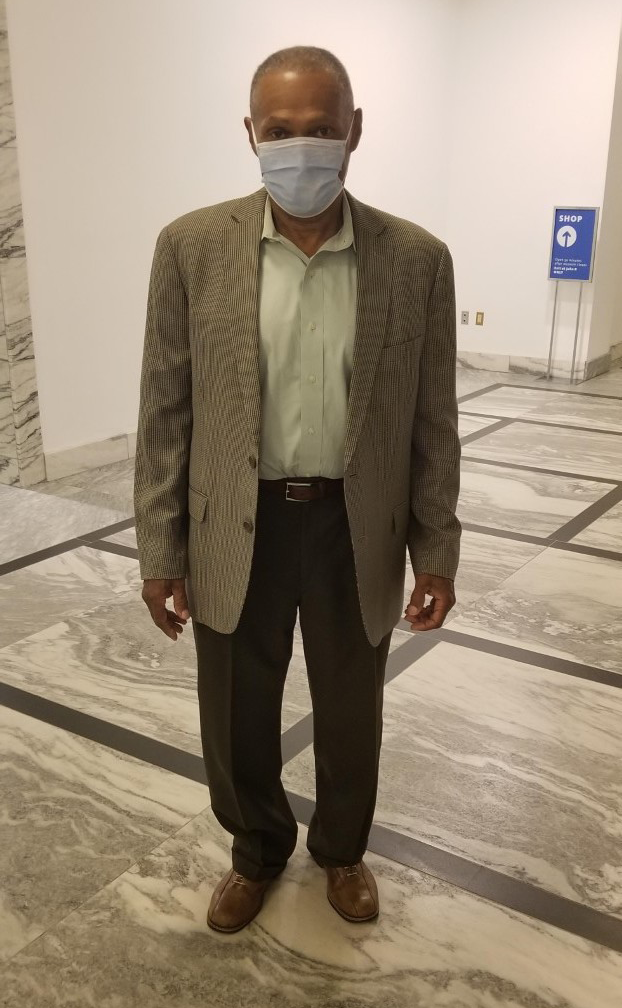
the screen I have not seen in person for months. For the first time in our history, this October our Volunteer Council Annual meeting will take place virtually and, like every year, I have prepared my “thank yous” and updates – this time in video form. I know many of our volunteers are anxious to come back to the galleries and we are very grateful that they continue to be engaged with the museum and from time to time come for a visit. While we cannot predict when we may be able to return to regular operations, we plan to do so when local, state, and national guidelines allow. Until that time, please know, dear volunteers, that the DIA is incredibly grateful for your patience, your flexibility, and the immense talent you contribute to the museum every day.
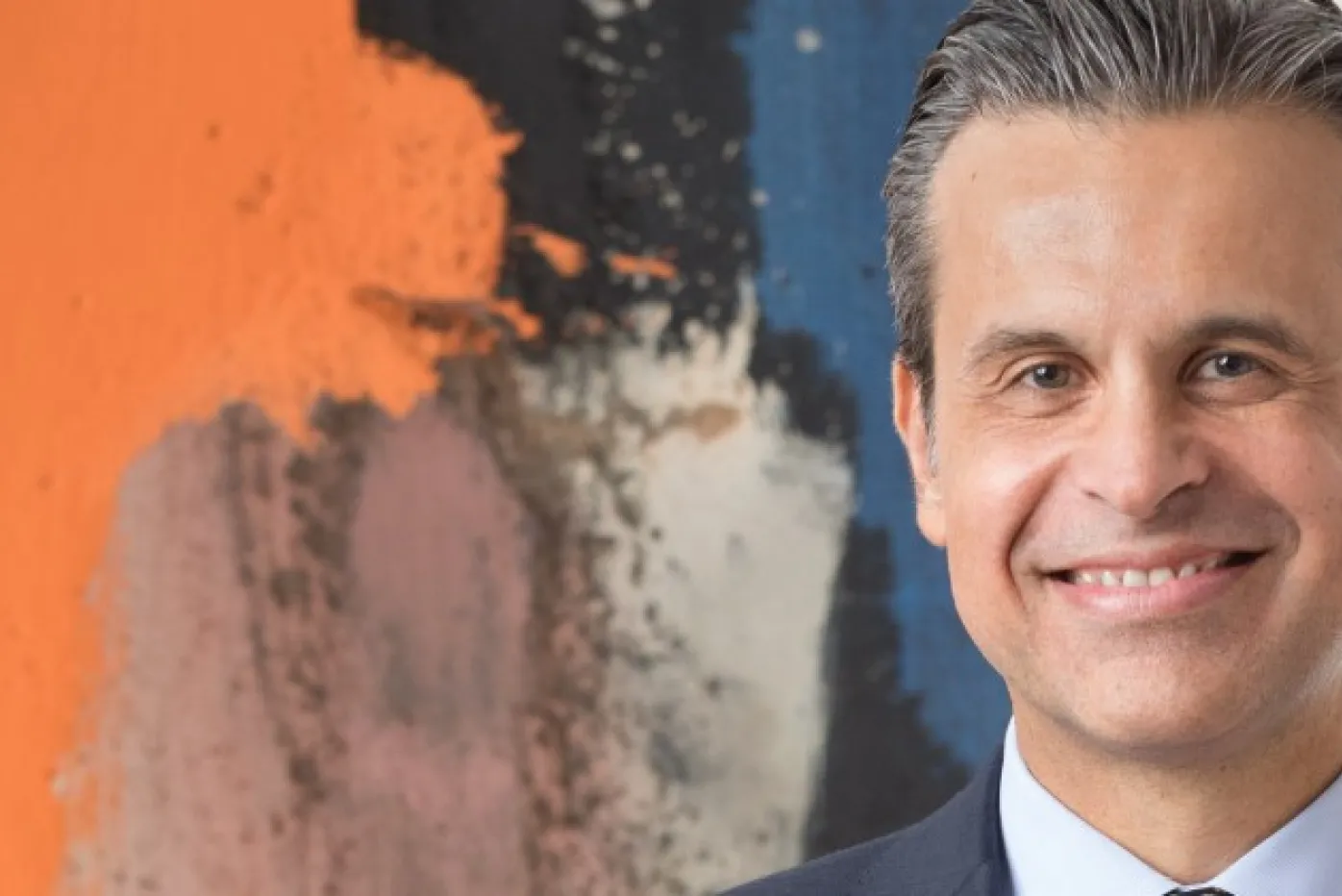
Salvador Salort-Pons portrait, updated Jan 2020
An unexpected time
Over the last couple of days Tony Drake, DIA volunteer manager, has shared with me a number of images showing many of our volunteers as DIA visitors enjoying our galleries. During the last months, I have seen Tony walking around the museum with his camera taking pictures of our staff on-site to keep us engaged and upbeat during these challenging times. His friendly photos of our visiting volunteers are accompanied by a DIA floor plan indicating the location in which they were taken, and are a breath of fresh air. They also reminded me of the crucial philanthropic work our volunteers do for the institution and how much we miss seeing their friendly and welcoming faces at work throughout the building. We can’t wait to bring them back to the DIA.
When we closed the museum on March 13, no one expected that our galleries would remain empty of visitors for four months. The impact of the extended closure was significant – major exhibitions were delayed, admission and museum shop revenue was lost, special events were canceled, and our resources had to quickly be diverted to provide digital experiences for our community. And the DIA was not alone – museums across the country were forced to layoff or furlough many of their staff members to close budget gaps in the absence of visitor revenue. The American Association of Museums estimates that up to one-third of museums in the U.S. will close permanently as a result of the pandemic.
At the DIA, we took a number of measures to lessen the impact of our financial losses, while prioritizing keeping all of our team members safe and employed. To avoid layoffs or furloughs, we made significant cuts to the 2020-21 fiscal year budget, reduced the salary of those at the vice-president level and above by 20%, eliminated annual merit increases, and established a Sustainability Fund to support operations. We are extremely grateful to those who contributed to this fund, especially the DIA auxiliary groups, and I know we will soon reach the fundraising target we established.
As a result of these efforts and through redeployment of a number of our team members into positions normally filled by our volunteers, including Tony and many others, we have not only avoided layoffs or furloughs, but have also been able to provide some additional support for our on-site and entry- and mid-level staff.
In September, all non-union staff at an annual compensation of $50,000 or an hourly compensation of $24.04 per hour or less received a 2.5% pay increase. Union employees received their contractually scheduled increases. This week, all staff required to regularly work on-site every week will receive a one-time supplemental payment, based on the number of hours per week they are working in the museum.
This has been a challenging time for all, and there remains a great deal of uncertainty about when things will return to “normal,” or even what that normal will look like moving forward. At the DIA we will continue to follow the guidelines of the Governor and the advice of the medical authorities, and as our state moves between phases of reopening, we are carefully monitoring the activity of other businesses, organizations and institutions as we make decisions with our staff and visitors’ health and safety at the forefront of all that we do.
Many of our staff, volunteers, DIA friends and supporters have been deeply impacted by the COVID crisis, losing friends, neighbors and family members. These losses put a very personal face on how important it is for us to proceed cautiously and intentionally as we look to the future. We grieve alongside them and are providing support to our team when needed. Our newly opened Ofrendas exhibition has a special significance this year and can be accessed online here (https://www.dia.org/ofrendas2020) as we celebrate the lives of those who passed away.
Like many of you, this week I will continue to be glued to my computer attending meetings and seeing colleagues in

the screen I have not seen in person for months. For the first time in our history, this October our Volunteer Council Annual meeting will take place virtually and, like every year, I have prepared my “thank yous” and updates – this time in video form. I know many of our volunteers are anxious to come back to the galleries and we are very grateful that they continue to be engaged with the museum and from time to time come for a visit. While we cannot predict when we may be able to return to regular operations, we plan to do so when local, state, and national guidelines allow. Until that time, please know, dear volunteers, that the DIA is incredibly grateful for your patience, your flexibility, and the immense talent you contribute to the museum every day.
